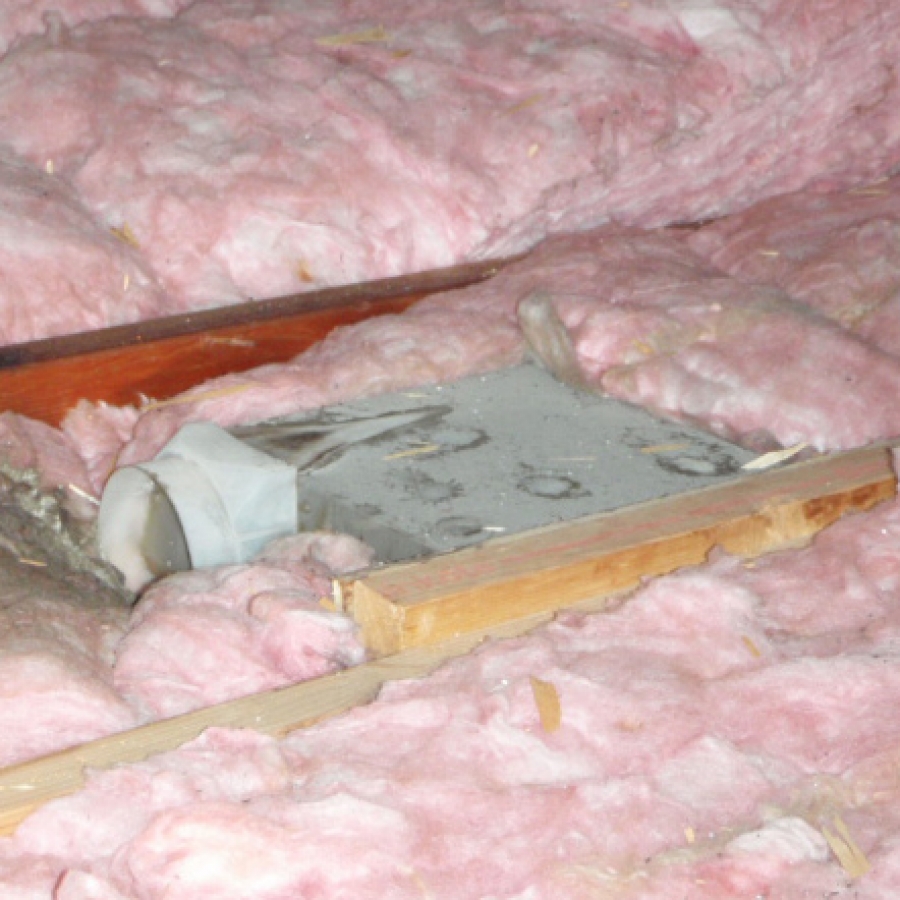Attic Insulation
Properly insulating and air sealing your attic will help reduce your energy bills. Attics are often one of the easiest places in a house to insulate, especially if you'd like to add insulation.

Topic Summary
Before insulating or deciding whether to add insulation to your attic, first see our information about adding insulation to an existing house or selecting insulation for new home construction if you haven't already.
Warning: if you think you have vermiculite insulation in your attic, there's a chance it could contain asbestos. Don't disturb it. Only insulation contractors certified to handle and remove asbestos should deal with vermiculite insulation.
Attic Insulation Techniques
Loose-fill or batt insulation is typically installed in an attic. Although installation costs may vary, loose-fill insulation is usually less expensive to install than batt insulation. When installed properly, loose-fill insulation also usually provides better coverage.
Before installing any type of insulation in your attic, follow these steps:
- Seal all attic-to-home air leaks. Most insulation does not stop airflow.
- Duct exhaust fans to the outside. Use a tightly constructed box to cover fan housing on attic side. Seal around the duct where it exits the box. Seal the perimeter of the box to the drywall on attic side.
- Cover openings—such as dropped ceilings, soffits, and bulkheads—into attic area with plywood and seal to the attic side of the ceiling.
- Seal around chimney and framing with a high-temperature caulk or furnace cement.
- At the tops of interior walls, use long-life caulk to seal the smaller gaps and holes. Use expanding foam or strips of rigid foam board insulation for the larger gaps.
- Install blocking (metal flashing) to maintain fire-safety clearance requirements (usually 3 inches) for heat-producing equipment found in an attic, such as flues, chimneys, exhaust fans, and light housings/fixtures unless the light fixtures are IC (insulation contact) rated. IC-rated lights are airtight and can be covered with insulation.
- Make sure insulation doesn't block soffit vents to allow for attic ventilation.
- Check the attic ceiling for water stains or marks. They indicate roof leaks or lack of ventilation. Make repairs before you insulate. Wet insulation is ineffective and can damage your home.
Also insulate and air seal your attic access if it's located in a conditioned part of the house.
You'll want to properly insulate and air seal any knee walls—vertical walls with attic space directly behind them—in your home as well.
Finally, if you're constructing a new home or remodeling, make sure any attic decking, which provides additional storage space or a platform for an HVAC unit or hot water tank, is raised above the ceiling joists to ensure proper insulation depth. The decking then should be installed securely to the top of the raised lumber after the insulation has been installed.
Other Considerations
If you live in a hot or warm climate, you might consider installing a radiant barrier in your attic along with the insulation.
Article source: The U.S. Department of Energy’s Office of Energy Efficiency and Renewable Energy (EERE). For the most up-to-date information please visit the EERE website.



